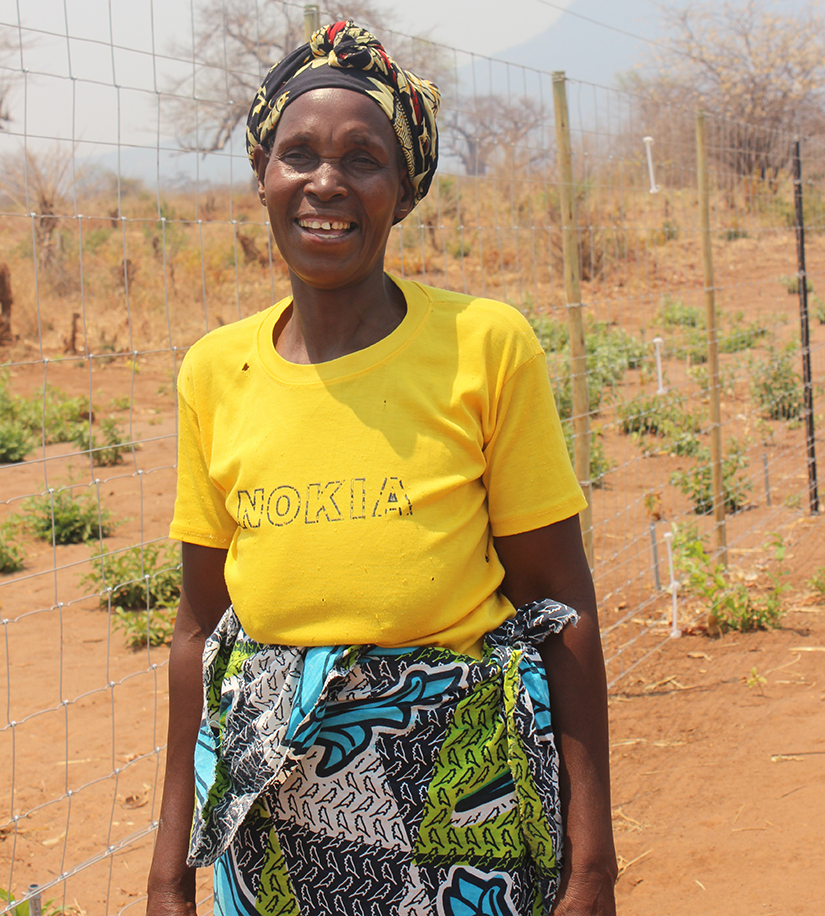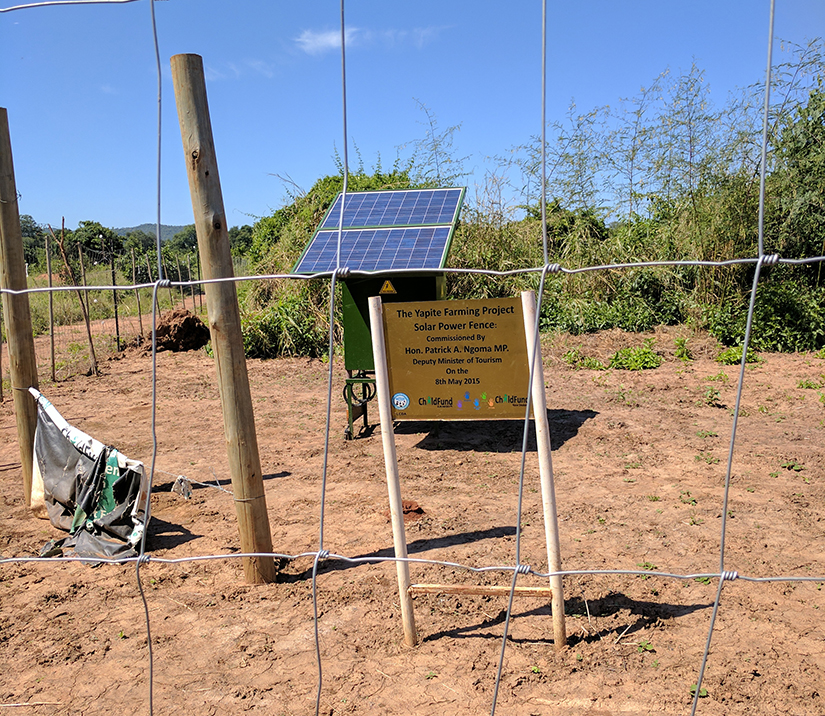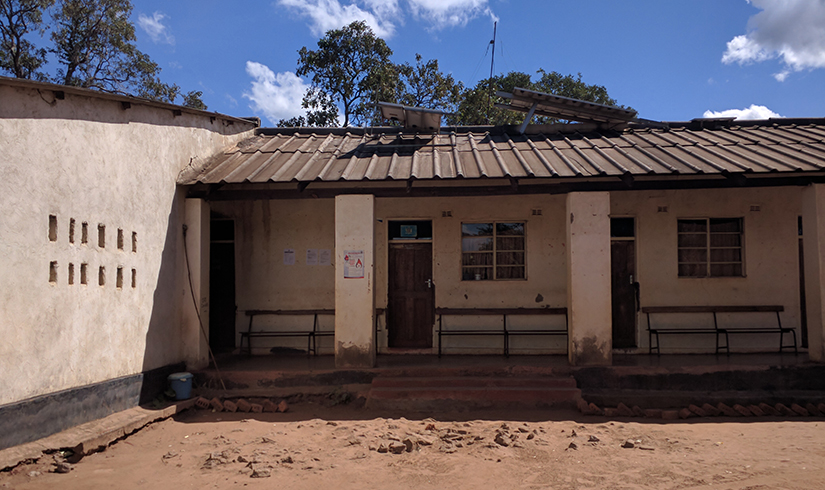How ChildFund has used solar and hydropower to transform a community in rural Zambia.
In the south-east corner of Zambia lies the district of Luangwa. At its eastern-most tip is Luangwa town, ostensibly a port town in a country that has no sea. Boats ply across the Zambesi and Luangwa Rivers that intersect here: look left, and there’s Mozambique; look right, Zimbabwe. Until recently, its potential as a trade post has been hampered by poor access. But now a new road has been built connecting this area to markets.
This access to trade was good news to the farmers in the area, but their opportunity to make the most of it was hampered by their inability to grow crops. The problem was not only frequent droughts, but also the issue of wild animals raiding and destroying crops. Reports showed that up to 76 percent of farmers’ crops could be destroyed each season by animals eating or trampling it – including bush pigs, baboons and elephants. During the growing season, families spent most evenings sleeping in makeshift huts next to their gardens, ready to frighten the animals away when they came. As a result, people were frequently attacked and sometimes killed by elephants. Children were most at risk. “Farming was a risky business and we used to live the season in fear,” says mother of seven Georgina Phiri.
 The electric fence and improved access to water have raised earnings from agriculture significantly for people like Georgina, a mother of seven.
The electric fence and improved access to water have raised earnings from agriculture significantly for people like Georgina, a mother of seven.
The solution ChildFund developed with the Luangwa Child Development Agency (LCDA), community members, the Zambia Wildlife Authority and local government was to protect the crops by fencing, and developing water infrastructure. This was accompanied with farmer training in diversification and how to grow drought-hardy crops.
 The electric fence has reduced crop damage by wild animals to just 5%.
The electric fence has reduced crop damage by wild animals to just 5%.
With the community’s help, two solar-powered electric fences were built to protect a total of 869 hectares. The fences had to be electric and sturdy enough to repel elephants.
Water infrastructure was added, including dams, water run-off catchments and, most exciting of all, hydro-turbines in the Zambesi River. These turbines pump water to irrigate three hectares of land within one of the fenced areas. Forty farmers are now growing their gardens using water pumped from the river. The turbines also generate enough electricity to power the Kavalamanja Health Centre* and Primary School. The school can now power six computers, as well as light bulbs, for the first time. The health centre also has lighting, and can now power a refrigerator for medicinal supplies. A filtered water hydrant stationed at this centre also means children now have access to safe drinking water in their community.
 Hydro turbines in the Zambesi River now power the Kavalamanja Health Centre.
Hydro turbines in the Zambesi River now power the Kavalamanja Health Centre.
Michael, a grade nine pupil, is excited to have access to computers in this isolated corner of rural Africa. “I used to just hear about computers from my cousins in town,” he says, taking hold of the mouse. “Now I am learning practically how to use them. I look forward to completing my education and becoming an IT specialist.”
 Local children with Sally Angelson, program manager, ChildFund New Zealand.
Local children with Sally Angelson, program manager, ChildFund New Zealand.
With the fence crop damage produced from wild animals has reduced to just 5%, and with improved water and training, results show that 90% of participating farmers in Luangwa are now confident they can support their family’s food requirements (compared to just 14.4% at baseline). People’s earnings from agriculture rose significantly as well, with incomes doubling or tripling for most people by the end of the project.
* Click here to see more about the rebuilding of the health centre, including drawings of what the refurbished buildings will look like.
ChildFund New Zealand was the key funder of these projects, with support (for most aspects) from the New Zealand Aid Programme.